Synthetic fabric known as geotextile is widely used across various facets of civil engineering. It is created from the weaving or knitting of a blend of polypropylene and polyester to form a permeable yet robust material.
Weed barrier is a type of specialized landscape fabric used to manage weed growth. Composed of a strong polypropylene or polyethylene non-woven composite, the fabric can be obtained in different weights and thicknesses. Syndicating together distinct fibers, the fabric creates a durable boundary for weed inhibition.
Geotextile offers several benefits compared to the use of weed barrier. Its strength makes it more durable and long-lasting, while its resistance to UV rays makes it perfect for outside use. Additionally, its permeability ensures that air and water can penetrate it, which is extremely beneficial when using it for drainage projects.
When it comes to cost-effectiveness and convenience, weed barrier beats out geotextile in every way. Not only is it cheaper, but the reduced weight of weed barrier makes it easier to handle. Plus, the added bonus of multiple color options offers users a greater variety to choose from.
Your ideal choice will inevitably hinge on the particular necessities of your application, yet both geotextile and weed barrier come equipped with their own set of benefits and drawbacks.
Related Product
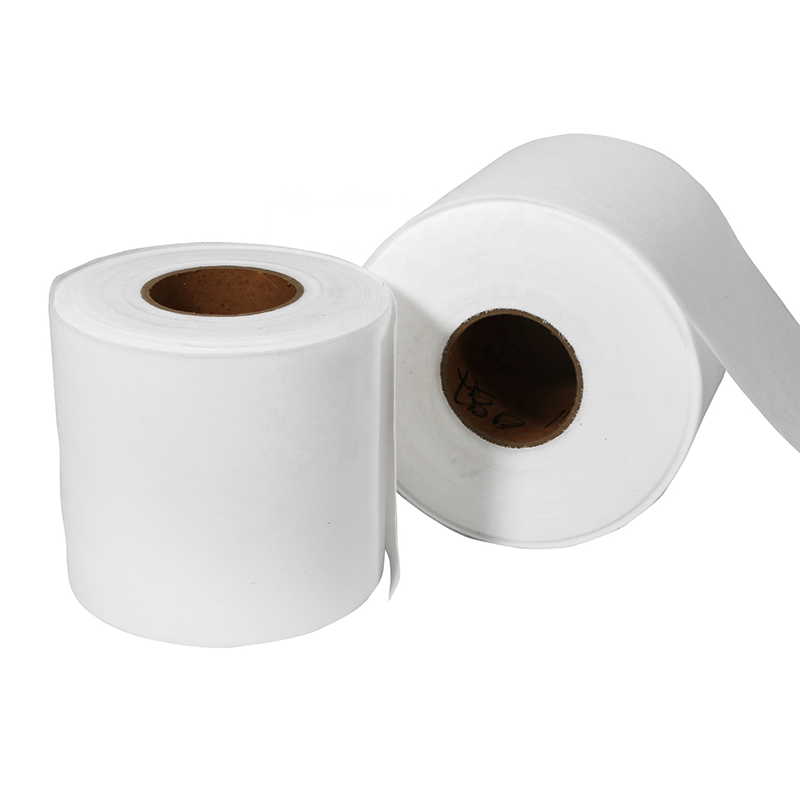
Non-Woven Geotextile
Geotextiles are permeable geosynthetic materials made by needling or weaving synthetic fibers. Geotextile is one of the new geosynthetic materials, and the finished product is clot […]
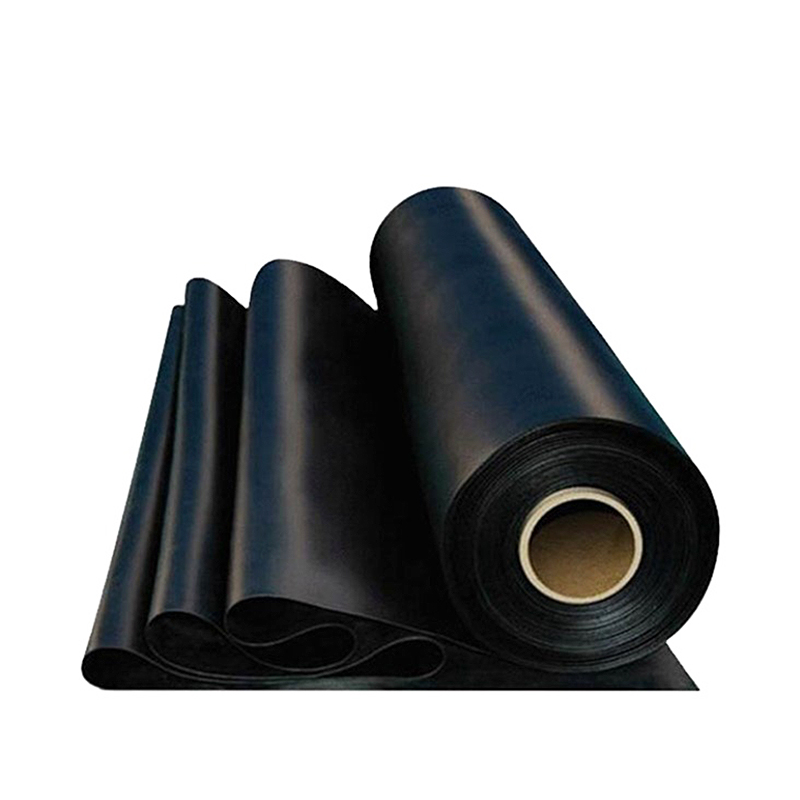
Hdpe Geomembrane
Product Features: They have strong ability for waterproof,anti seepage and isolation, aging resistance, good welding performance, convenient construction, root resistance and other […]
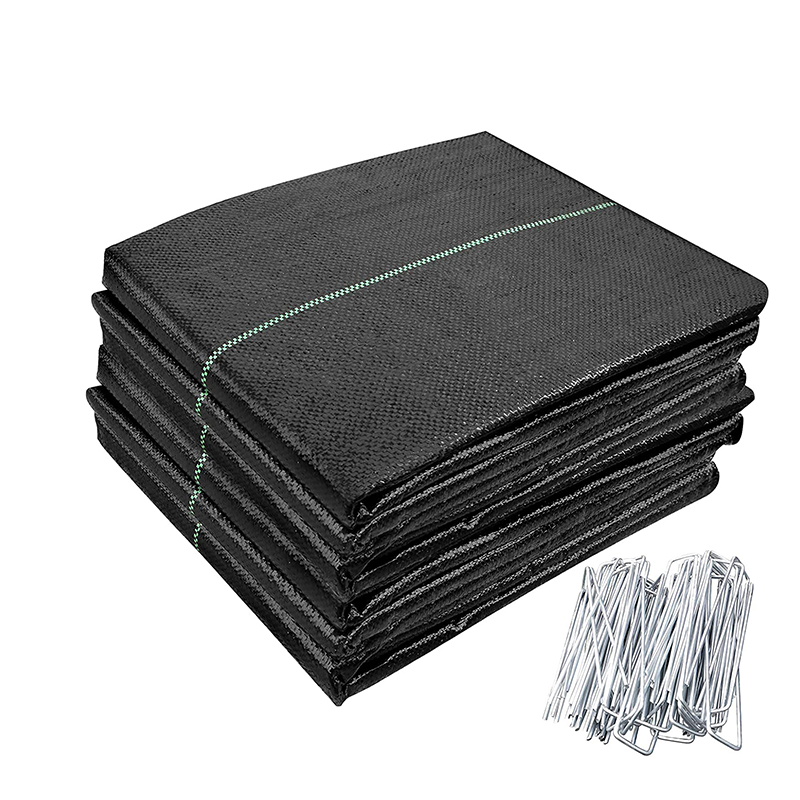
Woven Geotextile/Weed Mat
PP Woven Geotextiles are a series geotextiles made of high-performance polypropylene woven geotextile fabrics combining strength, durability and robust design. All these PP woven g […]
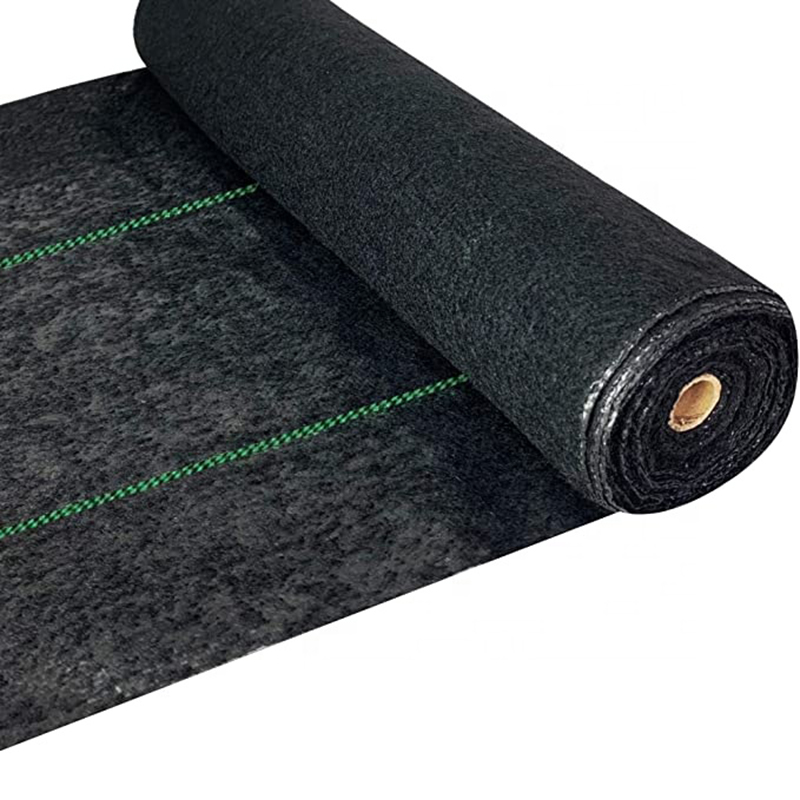
Heavy Duty Landscape Fabric
High Strength &Durability: 5.8oz heavy duty landscape weed barrier fabric, made of tightly woven polypropylene fabric needle which punched with UV-stabilized. 98.7% opaque to l […]
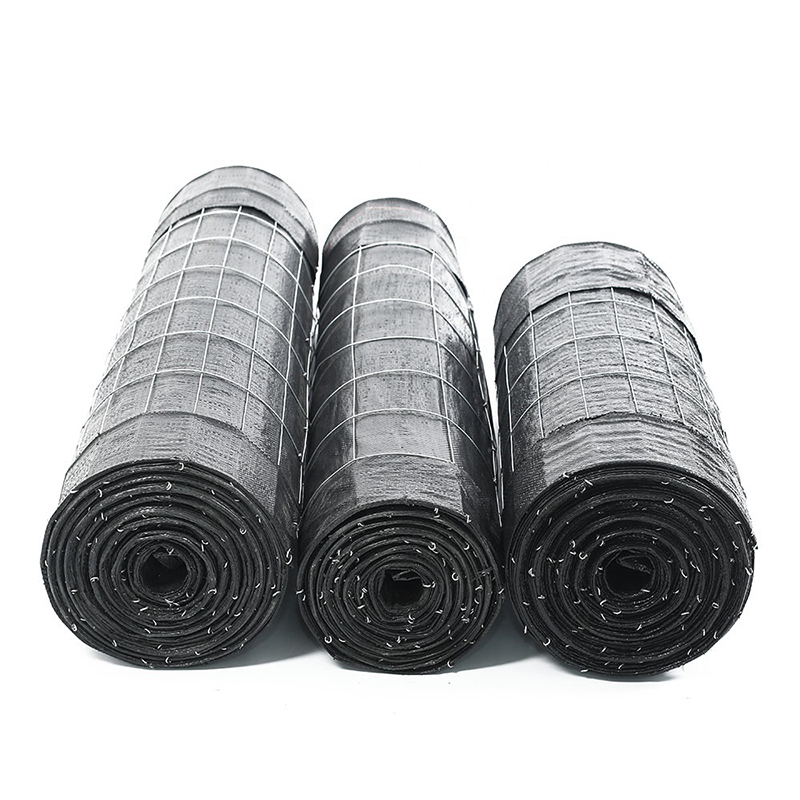
Wire Backed Silt Fence
The Wire Back Silt Fence is a strong erosion control fence designed for areas with demanding silt and erosion control requirements. Offering more strength and stability than a stan […]
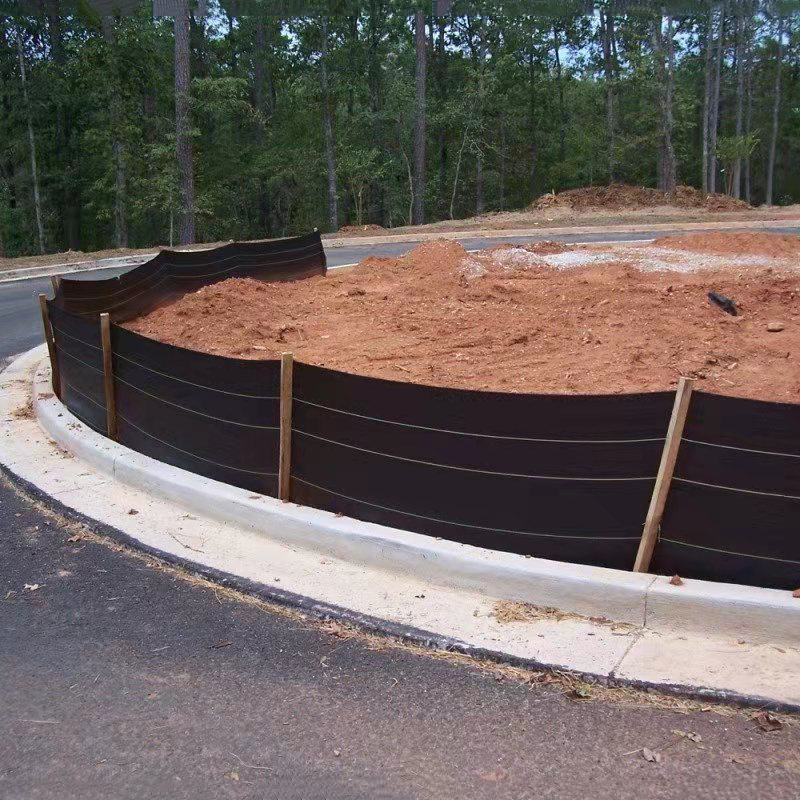
Silt Fence
Product Weed Mat / Ground cover/Slit fence Weight 70g/m2-300g/m2 Width 0.4m-6m. Lengths 50m,100m,200m or as your request. Color Black,Green,White ,Yellow or As your request […]
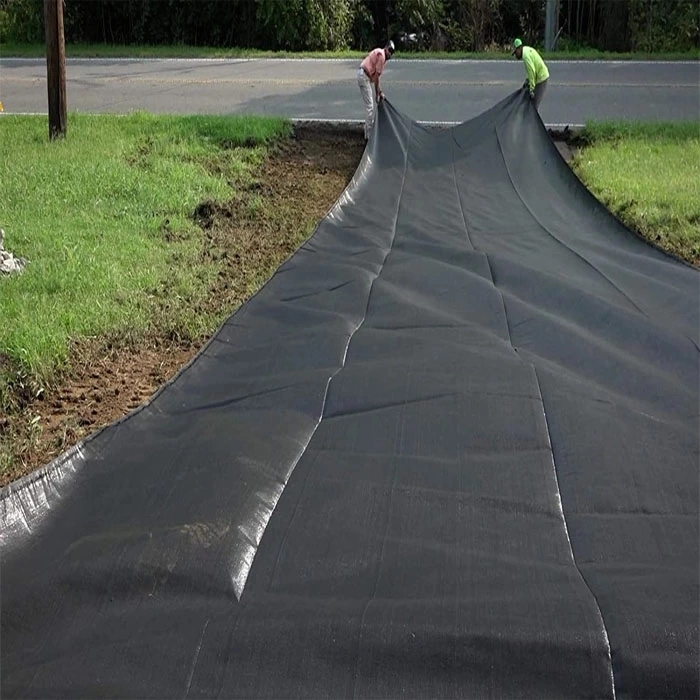
Bluekin Weedmat: Your Secret Weapon for a Low-Maintenance and Beautiful Garden
Are you tired of spending countless hours weeding and maintaining your garden? Look no further than Bluekin Weedmat, the ultimate solution for a low-maintenance and beautiful garde […]
Post time: 2023-06-24
